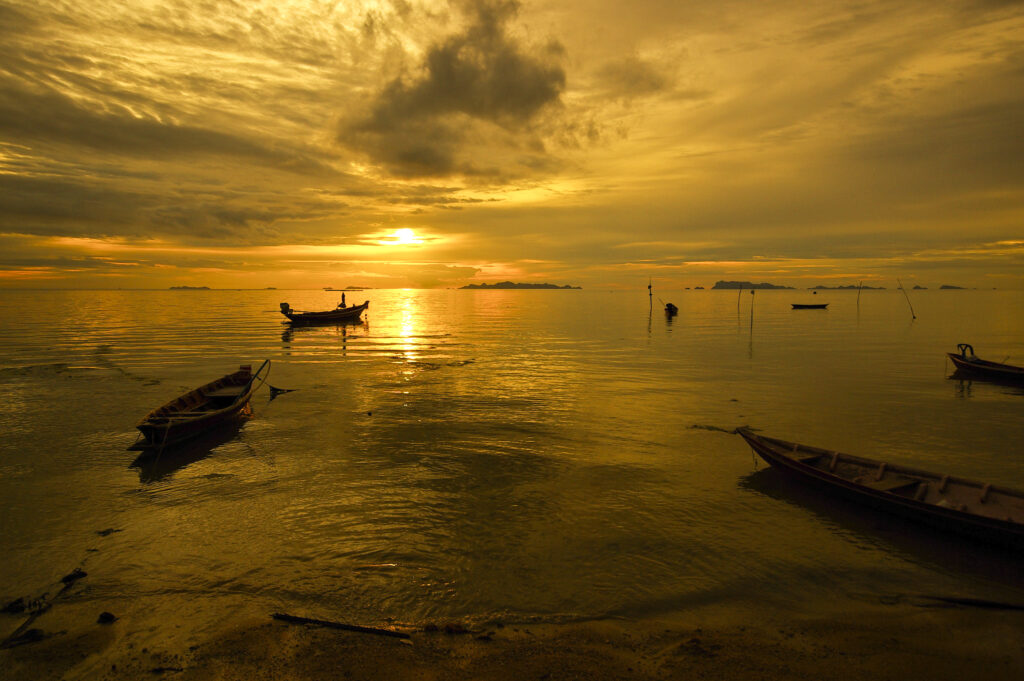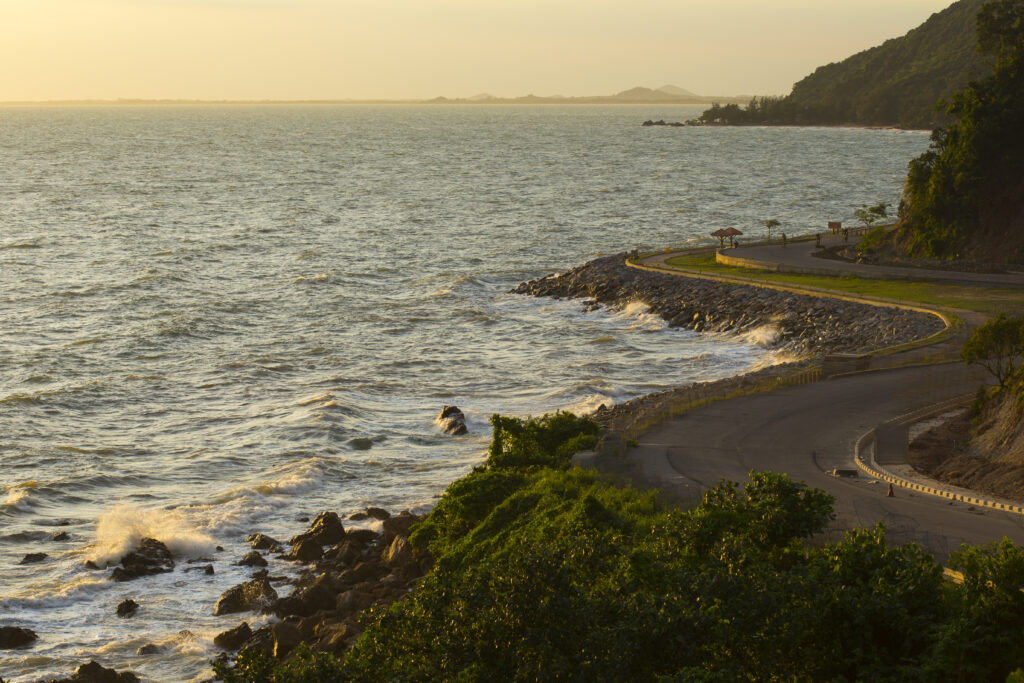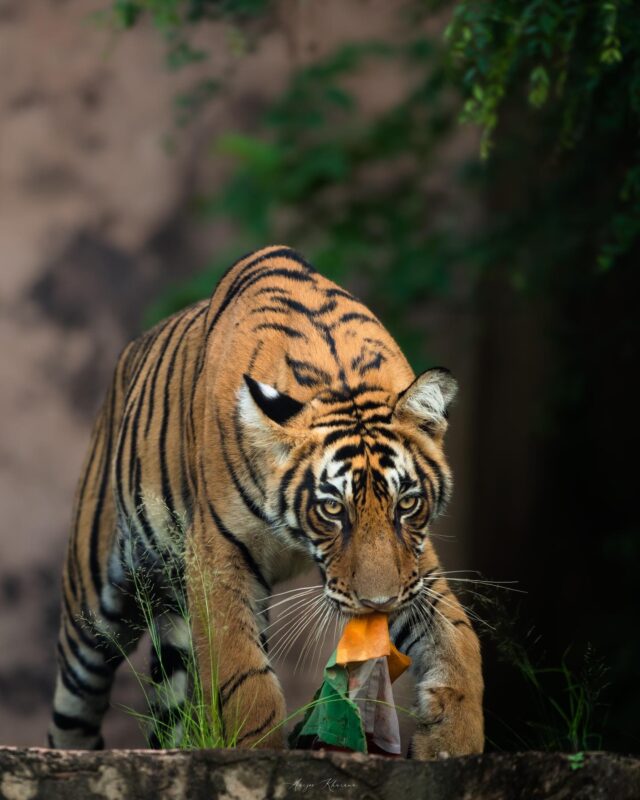
This question has been put to me countless times, and I have also answered the same in most of my interviews, live sessions and Q&As, but the question continues to persist. Let me try answering it yet again. Here is how you can start clicking wildlife.
A wildlife photographer is both a photographer and wildlifer in equal parts. So start by learning the basics of photography as well as of respecting the wildlife because wildlife is central to not only wildlife photography but also to life in general, which makes it crucial for us to appreciate its pivotal position in the natural scheme of things.
If you are new to photography and have no idea about the gears, cameras, camera lenses etcetera, you need to begin there.
Pick up the fundamentals, the cornerstones of good photography, like the exposure triangle, various camera modes, metering modes etcetera. Understand the gears and their features. Photography is a collaboration between the machine and the person operating it.
There are two ways: one, learn on your own; two, take a course.
The hit and trial method works but takes time and a lot of effort. The upside is that you get to build on your own practical experience.
And then, like for everything else, there are classes and courses and workshops, both online and offline, for photography, and you can pick the basics there. It would be quicker, and you have the advantage of the experience of someone who already has a good hang of the craft. Besides, the courses have a structure to them. So it’s more organized learning. You spend some money, but save a lot of time in return.
Once you know the basics, start practicing. And, no, you don’t have to go to a forest to practice. Wildlife photography begins with photography, not with wildlife.
In the beginning, I practiced clicking pigeons and stray cats. These two are among the most common subjects found almost everywhere, and they are as good as any other if you know what to capture and how.
If you are a city-dweller and find no worthy subjects for your camera, travel to the outskirts, and see if you can find something interesting there. Chances are you’ll find something to click. Birds make perfectly good subjects.
Try early mornings. Wildlife, especially birds are active during the mornings. Go, watch and click; don’t disturb the birds. If you stalk them or bother them, they might fly away and not return. The best way is to stay there, slowly approach the bird, and mix into the surroundings so as to become a part of it. If you observe bird activity, sit there and wait. The birds will gradually become comfortable around you and that’s when you go clicking.
Learning is a process, a long one in most cases, wildlife/nature photography included. You’ll still be learning after 20 years of practising, so don’t bother about being done with learning. However, once you have the basic skills, which might take a while, you can turn your camera to the jungle. And there are two ways to go about it.
One, find a place to go, and be there with your camera, take the safaris, and practice clicking the animals on your own, and you’ll get better, sooner or later the trial-and-error way. Two, look for a wildlife photographer who is organizing training tours and workshops and book one for yourself.
The first option is a long, difficult road, but it’s all your own while the second is a straight, paved path. Pick whichever suits you better.
An experienced trainer can help you with a lot of things real quick, but because it takes the time and effort of the trainer together with the expenses involved in the field, you’ll have to lighten your purse a bit.


This is one of the most underrated aspects of wildlife photography because most people think wildlife photography is about going into the jungle, finding a wild animal and clicking lots and lots of great pictures of the animals. That sounds simple and easy because it is wrong. Animals do not exist for your camera. They have a life, and it does not involve getting photographed. They hardly think of themselves as models.
Therefore, to be a better wildlife photographer, you need to closely study and understand animal and bird behaviour. Carry a pair of binoculars in the field, and observe how animals and birds behave in the wild, and how their immediate surroundings affect their conduct. This will help you anticipate the more picture-worthy moments in the life of the subject animals and birds.

Post-processing brings out the spirit of the pictures. But it takes some learning, and some people might find it harder than others. You’ll need proper training and sufficient practice to be able to post-process reasonably well. The sensor of your camera is your canvas, but after you have clicked the images, they would need some fine-tuning, which is what post-processing does by fixing such basics as exposure, colour casts, noise reduction etc.Again, you can learn it by yourself, or enrol in a course.
Basic skills mastered, you can start building your portfolio. Shortlist a few platforms for the purpose. Website is not required initially, but you might have to get one eventually. But that comes later, much later. Start by showcasing your work on social media platforms like Instagram, Facebook, 500px etc. Also, maintain a collection of your best images and explore the various wildlife photography competitions on social media. This can sometimes get you a lot of attention. Look for already established social media pages related to wildlife photography and collaborate with them to get your work showcased although that might not always be easy.
Don’t rush monetizing. The undeniable hard truth about wildlife photography in India is that opportunities are very limited, and if you wish to bag some of those few, you must work on the quality of your work. Once you have a reasonably impressive portfolio, you can shortlist a few brands and collaborate with them. You can also look for job opportunities on such websites as Linkedin and others. At a later stage, when you have enough skills and experience in wildlife photography, you might think of teaching and/or leading wildlife photography tours. But that takes a lot of time, not to mention teaching is an entirely different skill, and even excellent wildlife photographers do not make half as good teachers as they are photographers. Although sometimes — not very often, mind you — an average photographer is a better teacher than most. But that, I think, is a topic for some other day.